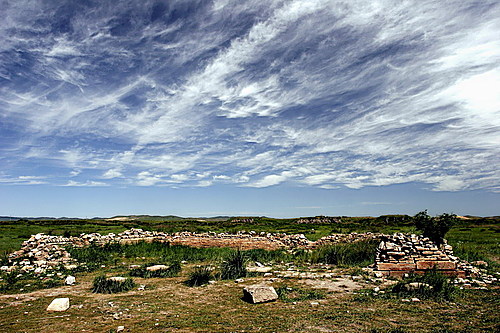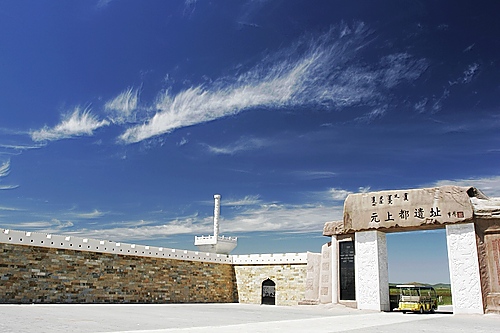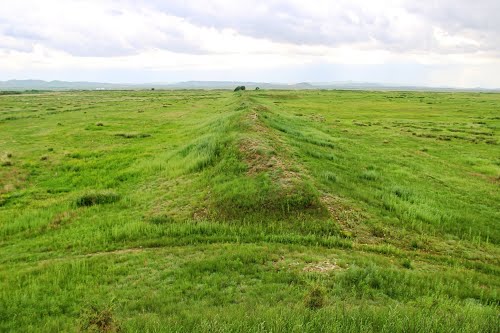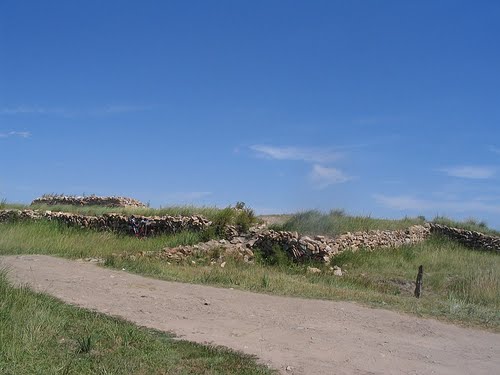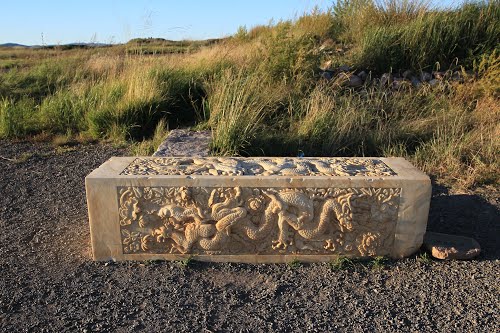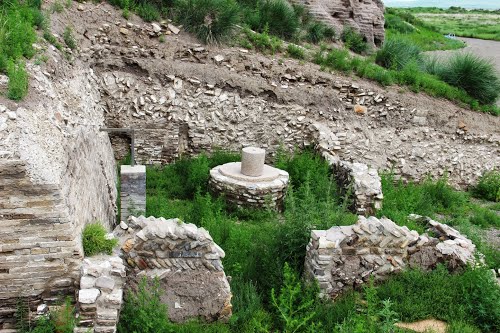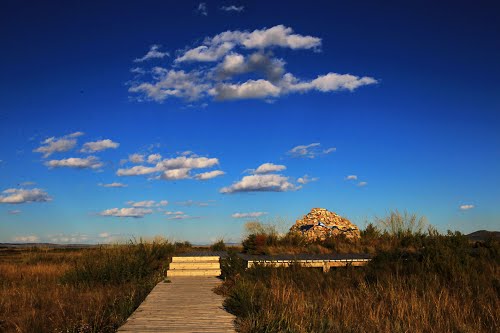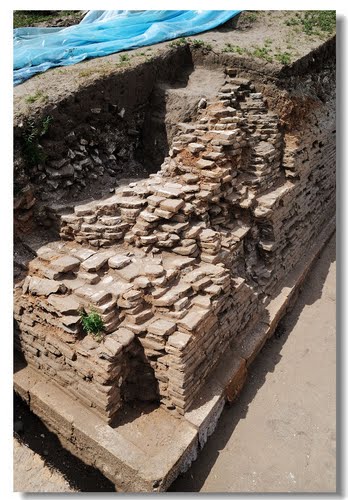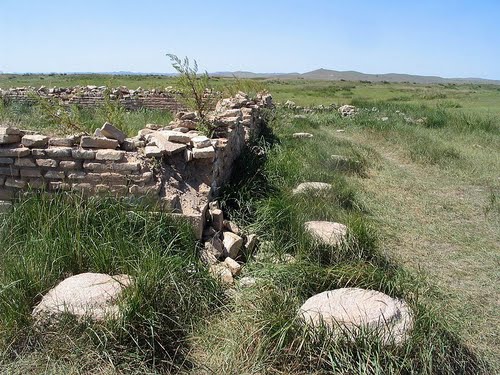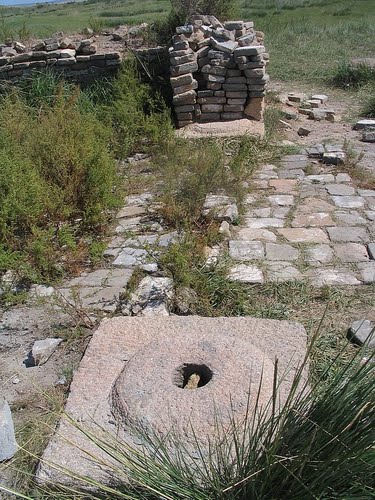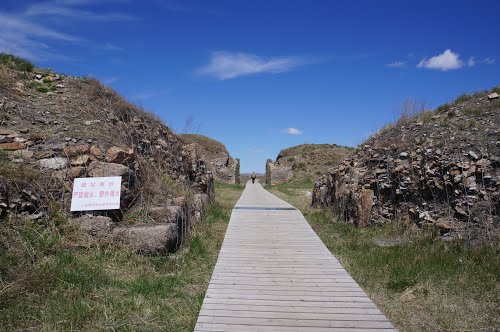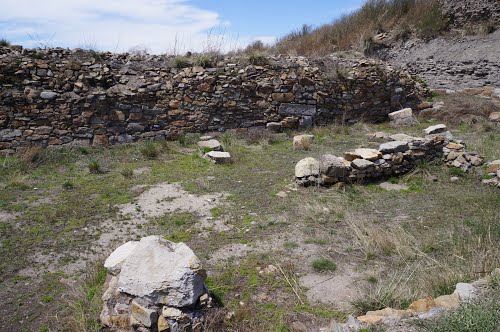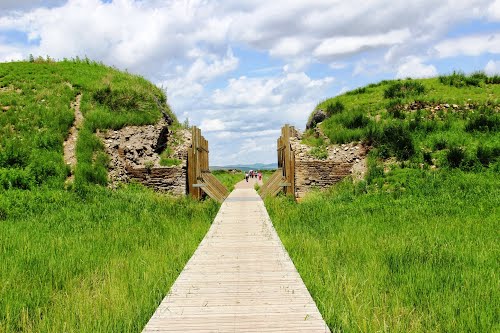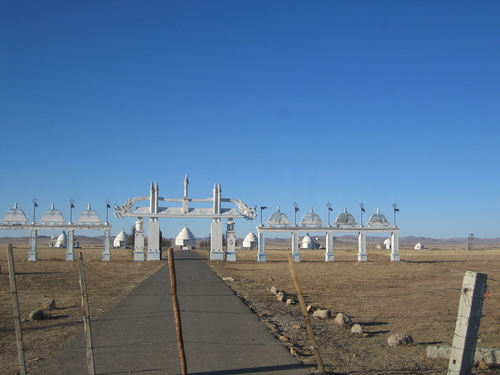Shangdu, also known as Xanadu, was the capital of Kublai Khan's Yuan dynasty in China, before he decided to move his throne to the Jin dynasty capital of Zhongdu, which he renamed Khanbaliq, present-day Beijing. Shangdu then became his summer capital. Shangdu (Xanadu) was destroyed in 1369 by the Ming army under Zhu Yuanzhang.
Description
Shangdu was located in what is now called Inner Mongolia, 350 kilometres north of Beijing, about 28 kilometres northwest of the modern town of Duolun. The layout of the capital is roughly square shaped with sides of about 2,200 m, it consists of an "outer city", and an "inner city" in the southeast of the capital which has also roughly a square layout with sides about 1,400 m, and the palace, where Kublai Khan stayed in summer. The palace has sides of roughly 550 m, covering an area of around 40% the size of the Forbidden City in Beijing. The most visible modern-day remnants are the earthen walls though there is also a ground-level, circular brick platform in the centre of the inner enclosure.
The city, originally named Kaiping, was designed by Chinese architect Liu Bingzhong from 1252 to 1256, and Liu implemented a "profoundly Chinese scheme for the city's architecture". In 1264 it was renamed Shangdu. At its zenith, over 100,000 people lived within its walls. In 1369 Shangdu was occupied by the Ming army and put to the torch. The last reigning Khan, Toghun Temur, fled the city, which was abandoned for several hundred years.
In 1872, Steven Bushell, affiliated with the British Legation in Beijing, visited the site and reported that remains of temples, blocks of marble, and tiles were still to be found there. By the 1990s, all these artifacts were completely gone, most likely collected by the inhabitants of the nearby town of Dolon Nor to construct their houses. The artwork is still seen in the walls of some Dolon Nor buildings.
Today, only ruins remain, surrounded by a grassy mound that was once the city walls. Since 2002, a restoration effort has been undertaken. In June 2012, Shangdu was made a World Heritage Site.


